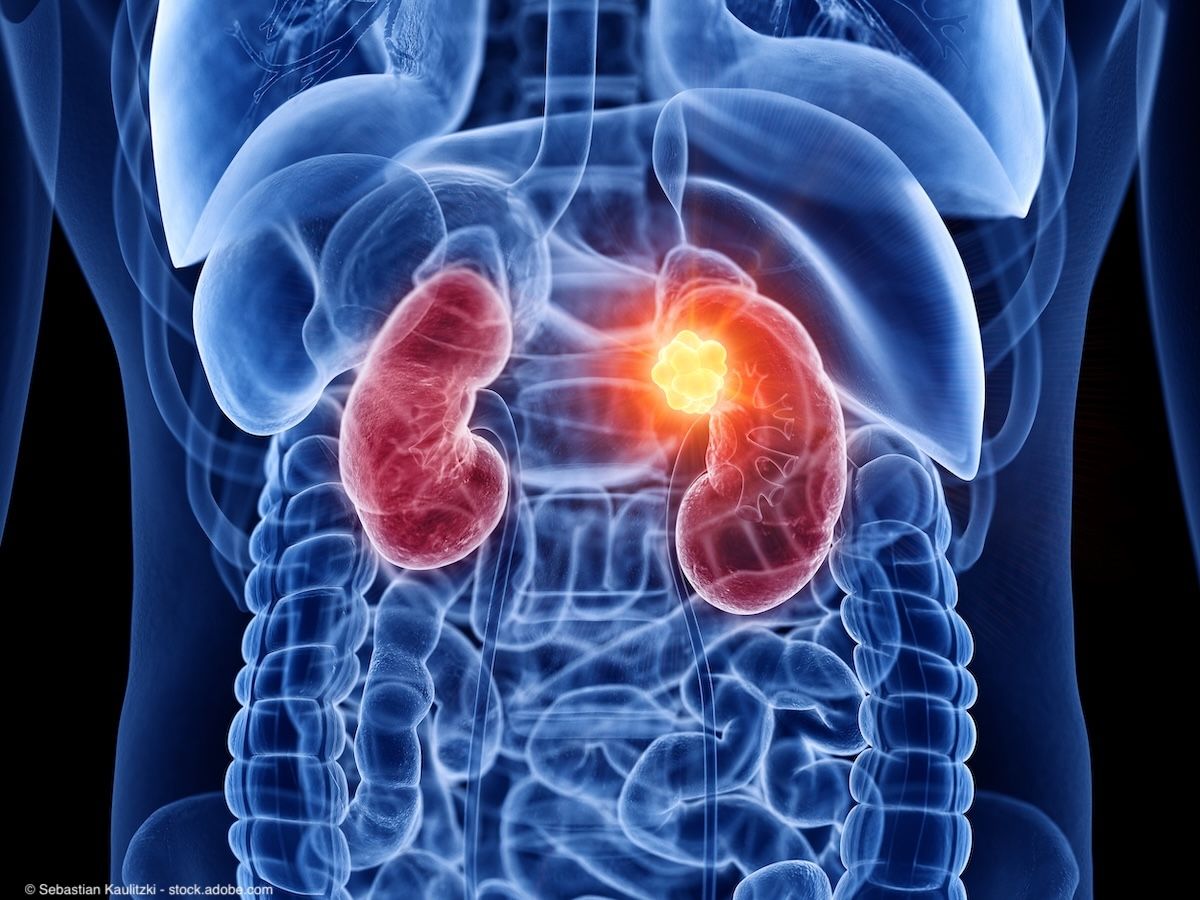News
Article
PSMA PET/CT can reveal prostate cancer recurrences before biochemical criteria met
Author(s):
Key Takeaways
- PSMA PET/CT detects prostate cancer recurrence before meeting Phoenix criteria, enabling earlier intervention and treatment options.
- Patients not meeting Phoenix criteria showed higher eligibility for local salvage therapy and metastasis-directed therapy.
“The majority (76%) of patients not yet meeting the Phoenix criteria did have PSMA-avid lesions on PSMA-PET, suggesting [prostate cancer] recurrence," says Evelien J E van Altena.
Prostate-specific membrane antigen (PSMA) PET/CT demonstrated the ability to detect prostate cancer recurrence in patients who did not yet meet the Phoenix criteria for biochemical recurrence (prostate-specific antigen [PSA] rise of 2.0 ng/mL or more above the PSA nadir) following curative treatment for prostate cancer, according to findings published in European Urology Oncology.1
PSMA-avid lesions were detected in 170 patients who were Ph- and 322 patients who were Ph+.

In total, the retrospective analysis included 568 patients, of whom 222 (39.1%) did not yet meet the Phoenix criteria (Phoenix criteria negative, Ph-) and 346 (60.9%) who did (Phoenix criteria positive, Ph+). Patients included in the study underwent PSMA PET/CT scans with any PSMA PET/CT tracer. The median PSA rise was 1.09 ng/mL among patients in the Ph- cohort and 3.63 ng/mL among patients in the Ph+ cohort. Baseline characteristics were similar between both arms.
Among all patients, PSMA-avid lesions were detected in 170 patients (76.6%) who were Ph- and 322 patients (93.1%) who were Ph+.
More patients in the Ph- cohort experienced detection at a less advanced disease stage, with 46.5% of Ph- patients presenting with local recurrence alone vs 32.3% of Ph+ patients (OR 1.82; P = .002). Distant metastases were detected in 21.8% of patients (n = 37) in the Ph- cohort vs 48.8% of patients (n = 157) in the Ph+ cohort (OR, 0.29; P < .001). Oligometastatic disease was present in 42.9% of patients (n = 73) in the Ph- cohort vs 28.9% of patients (n = 93) in the Ph+ cohort (OR, 1.85; P = .002).
Of those with PSMA-avid lesions, 75.9% of Ph- patients were potentially suitable for local salvage therapy compared with 45% of Ph+ patients (odds ratio [OR], 3.84]; P < .001). In total, 90% of patients (n = 153) in the Ph- cohort were eligible for either salvage treatment or metastasis-directed therapy (MDT), compared with 61.8% of patients (n = 199) in the Ph+ cohort (OR, 5.56; P < .001).
“The majority (76%) of patients not yet meeting the Phoenix criteria did have PSMA-avid lesions on PSMA-PET, suggesting [prostate cancer] recurrence. Early PSMA-PET in these patients detected recurrences at a significantly less advanced disease stage, allowing potential salvage and MDT options,” explained lead author Evelien J E van Altena in correspondence with Urology Times®.
Additionally, patients in the Ph- cohort experienced a longer time to the initiation of androgen deprivation therapy (ADT) and progression to castration-resistant prostate cancer (CRPC) compared with patients in the Ph+ cohort (both P < .001). The Ph- arm also demonstrated an improved overall survival (P < .001), with a 5-year mortality rate of 5.9% (n = 13) among patients in the Ph- cohort vs 15.2% (n = 50) among patients in the Ph+ cohort (OR, 0.30; 95% CI, 0.15-0.60; P < .001).
Additional data based on diagnostic procedures following imaging showed that the positive predictive value of PSMA PET/CT was 80.3% for local recurrences and 93.6% for metastatic disease.
The authors noted, “Taken together, the data provide a strong indication that [prostate cancer] recurrences are present, detectable, and treatable much earlier in the course of [biochemical recurrence].”
However, they also note that a limitation of the current study is its retrospective nature, which introduces the potential for leadtime bias.
van Altena concluded, “Early PSMA-PET in our study was associated with a delay of ADT, CRPC onset, and overall-mortality. However, prospective studies are warranted to validate these results.”
Reference
1. van Altena EJE, Jansen BHE, Korbee ML, et al. Prostate-specific membrane antigen positron emission tomography before reaching the Phoenix criteria for biochemical recurrence of prostate cancer after radiotherapy: Earlier detection of recurrence. Eur Urol Oncol. 2024:S2588-9311(24)00224-4. doi:10.1016/j.euo.2024.09.015
Newsletter
Stay current with the latest urology news and practice-changing insights — sign up now for the essential updates every urologist needs.
















